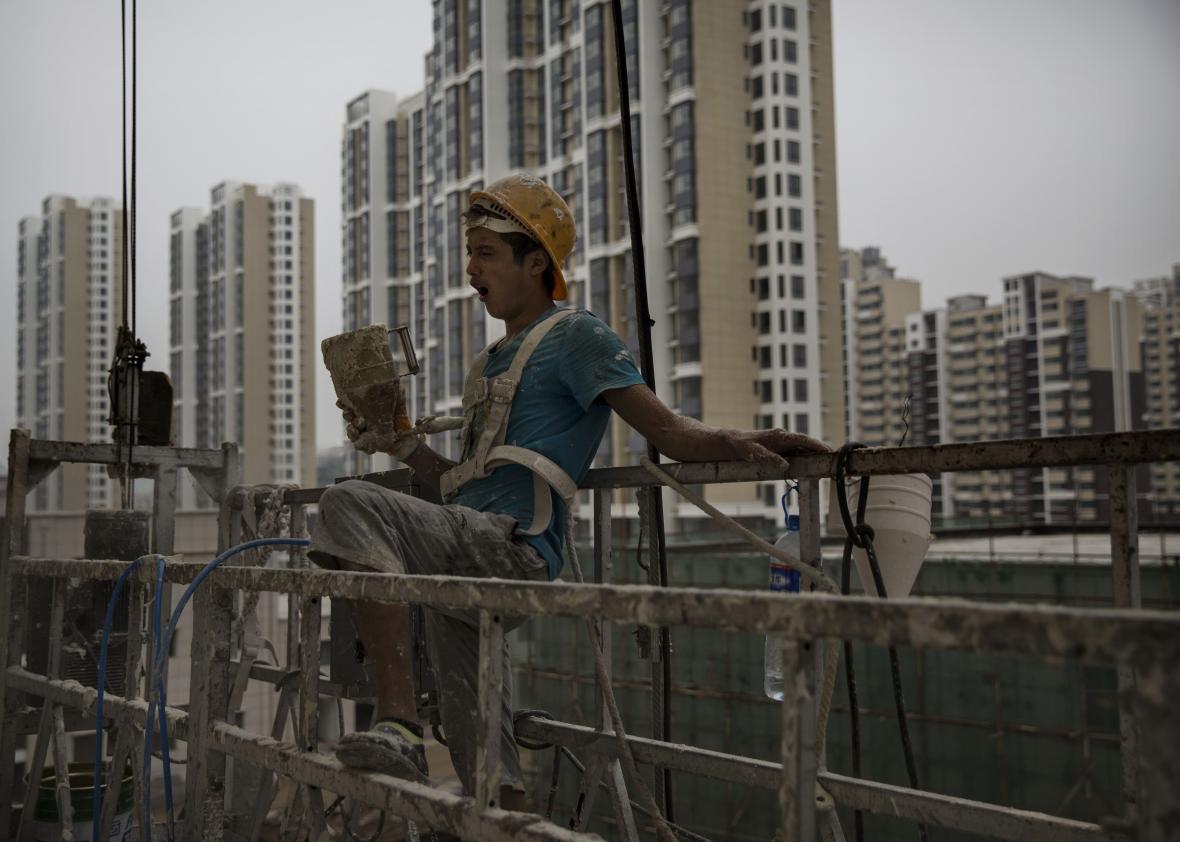The Pew Research Center is out with a new report on the growth of the global middle class that, if you’re not the sort of person who lives to ponder foreign development or how to sell sneakers in China, is mostly interesting because of how it puts America’s incredibly high standards of living into a bit of perspective. Here’s the stat that jumped out at me most: As of 2011, only 16 percent of the world lived on the equivalent of at least $20 a day, the cutoff for “upper-middle income.” In the United States, Pew notes, the poverty line works out to just under $16 per day for each member of the household.
What constitutes plain old “middle income” in the rest of the world? Following the lead of global development economists, Pew pegs it at a purchasing-power adjusted income of $10 to $20 a day. For all we’ve heard about the emerging middle class in countries like China, Brazil, and India, the group is still quite small—about 13 percent of the world’s population in 2011, up from 7 percent in 2001.
Two takeaways: First, while globalization has done a great job reducing abject poverty, it hasn’t really moved that many people toward the standards of Western affluence. Second, being poor in the United States isn’t a privilege by any means, but the fact is that our concept of minimally acceptable living standards is extremely high, which goes a good way toward explaining why people from countries where the “middle class” is growing, especially in Asia, are still happy to immigrate here.
